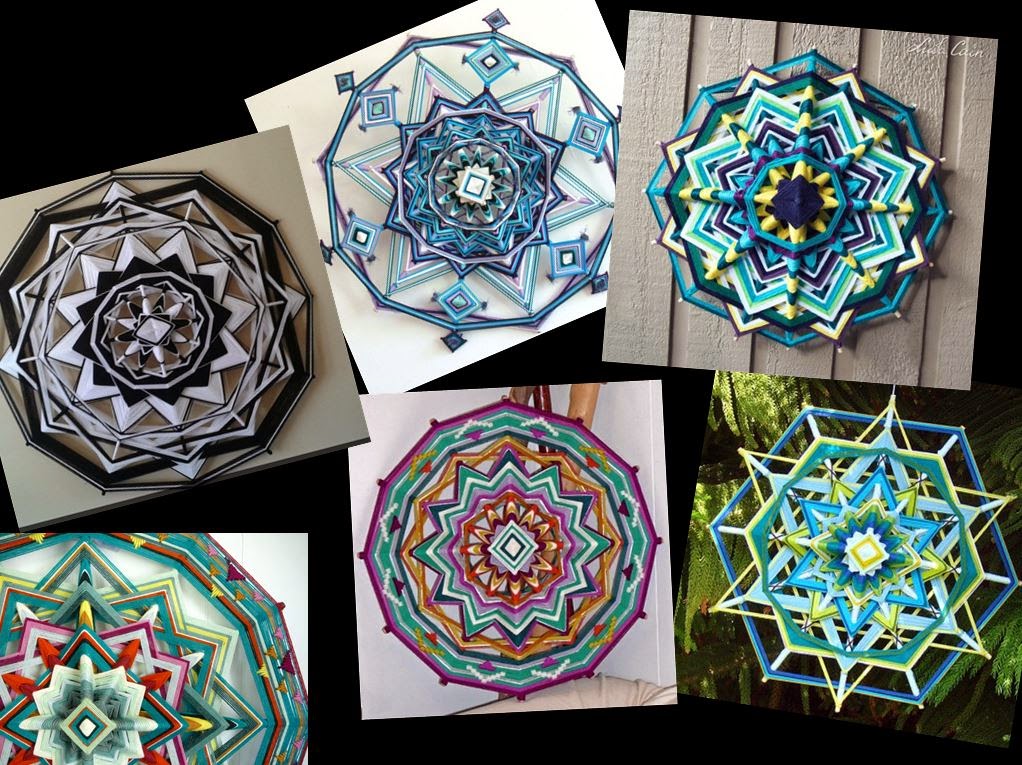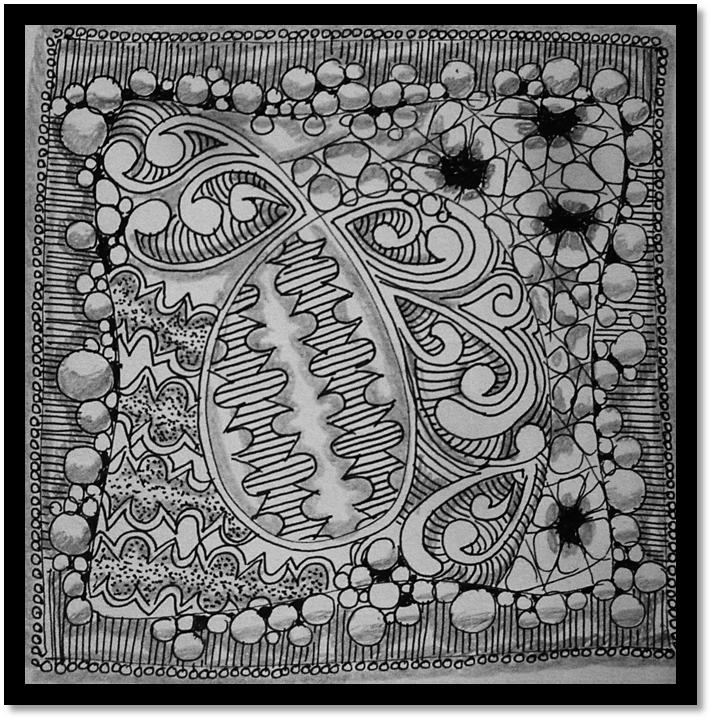" Clouds are not spheres, mountains are not cones, coastlines are not circles , and tree bark is not smooth ,nor does lightening travel in a straight line." ...said
Benoit.R.Mandelbrot considered as the Father of Fractals in his book
" Fractal Geometry of Nature" . This book was first published in 1977
Fractal Geometry is the geometry of the natural world ..... and it's study began when Mandelbrot in his seminal paper asked the question " How long is the coastline of Britain?" ..... thus bringing the concept of fractal into the mathematical main stream. The study of Fractal Geometry is the study of a broken, wrinkled, wiggly world - the uneven shapes of nature, unlike the idealized forms of Euclidean geometry.
The term, ‘
Fractal,’ comes from the Latin word ‘Fractus’ which means ‘broken’ or ‘irregular’ or ‘unsmooth’
We see fractals everywhere.....indeed we are fractal! Fractal Geometry is an extension of classical geometry.... and with the advent of computers scientist have been able to define precise models of physical structures - from ferns to galaxies. The complexity of nature's shapes differs in kind, not merely degree, from that of the shapes of ordinary geometry, the geometry of fractal shapes.
Here is a collage of fractal objects I've created using images taken from the internet
Fractals are now a vital subject of mathematical study, practical application, and popular interest.
You can play around with some geometrical shapes and create some interesting fractals. Sierpinski's triangle is one of the most populat and the figure below which I created using Adobe Illustrator show the steps
Non-Fractal and Fractal Objects are different..... As we enlarge a non-fractal object, no new details appear.Fractals are shapes in which an identical motif repeats itself on an ever diminishing scale.....
Self-Similarity is the property of a Fractal object i.e the little pieces are smaller copies ( statistically ) of the larger pieces. They are similar ( but not identical)
In cultures where people have lived intimately with nature have used this shapes in their scared architecture and housing cluster which they believe captures the cosmic energy within the living ares. Ancient temples in India have this fractal shape in their architecture.
Hindu temple is one of the best examples of those fractal buildings which were constructed in the past, far before than the birth of fractal theory and manifested the religious cosmic visions. The Kandariya Mahadev Temple at Khajuraho is one such example.( See Photo below taken from Wikipedia"
(Ref research paper ...."
Fractal geometry as the synthesis of Hindu cosmology in Kandariya Mahadev temple, Khajuraho" by Iasef Md Rian, Jin-Ho Park , Hyung Uk Ahn, Department of Architecture, Inha University, South Korea)
Ariel view photos of
African tribal community settlement exhibit fractal characteristics in their placements
Ron Eglash ,Ethno-mathematician of Rensselaer Polytechnic lnstitute Troy, NY , who studied the mathematics underlying the architecture said
"When Europeans first came to Africa, they considered the architecture very disorganized and thus primitive. lt never occurred to them that the Africans might have been using a form of mathematics that they hadn't even discovered yet." ![]()
.During his research he discovered that many African villages are purposely laid out to form perfect fractals when he noticed self-similar shapes repeated in the rooms of the house, and the house itself. He also indentified that the clusters of houses in the village,were mathematically predictable patterns.
Africans have been using them for centuries to design textiles, sculptures, architecture, hairstyles and more Eglash points out the architecture reflects both the social and religious structure of the settlement.
Architecture is mostly about building places for us to live and work. . Because manufacturing is very good at producing Euclidean shapes - bricks. boards, girders - it is no surprise that modern buildings have Euclidean aspects. On the other hand, some architectural stvles are informed bv Nature, and much of Nature is manifested as fractal. So perhaps we should not be so surprised to find fractal architecture.
(
Ref. "African Fractal , Modern Computing and indigenous design" by Ron Eglash)
For further Info/ reading material
http://fractalfoundation.org/https://www.youtube.com/watch?v=EPjSjNRwdEwhttps://www.youtube.com/watch?v=Lk6QU94xAb8http://www.d-lab.kr/prof/2007_02.pdfwww.fractalcurves.com/http://fractalfoundation.org/fractivities/FractalPacks-EducatorsGuide.pdf.

















.jpg)













